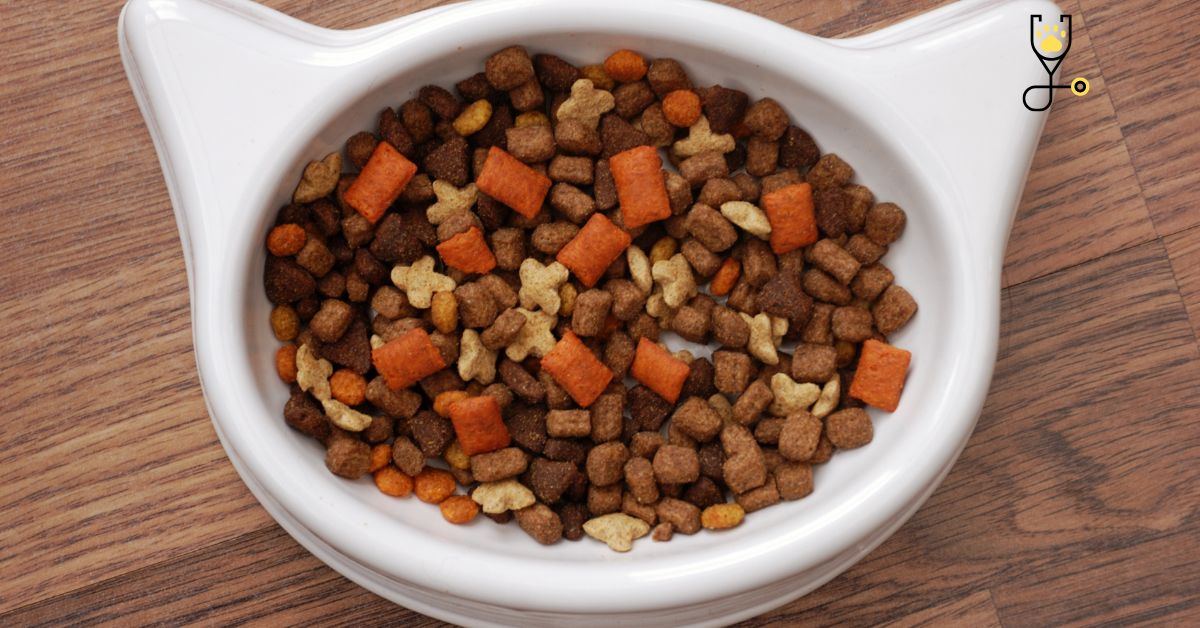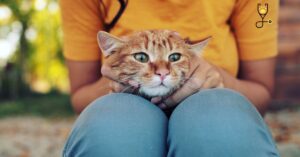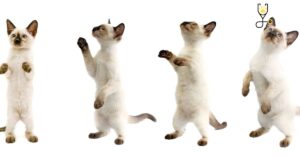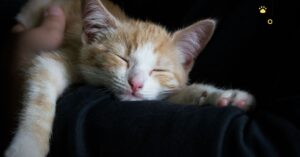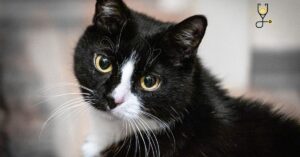It’s estimated that there are around 86 million cats living in U.S. homes, and most of those kitties eat some type of processed cat food. But with all the brands and varieties of cat food on the market, what’s the best kind to buy for your furry friend? Before you make a purchase, take a closer look at the ingredients list. Some additives and byproducts in cat food can be harmful to your pet. Here are nine ingredients to watch out for.
1. BHA and BHT
Butylated hydroxyanisole (BHA) and butylated hydroxytoluene (BHT) are preservatives commonly used in pet foods. These chemicals can be toxic to the liver and kidneys and have been linked to cancer in animals. Look for cat foods that are preserved naturally, without the use of BHA and BHT.
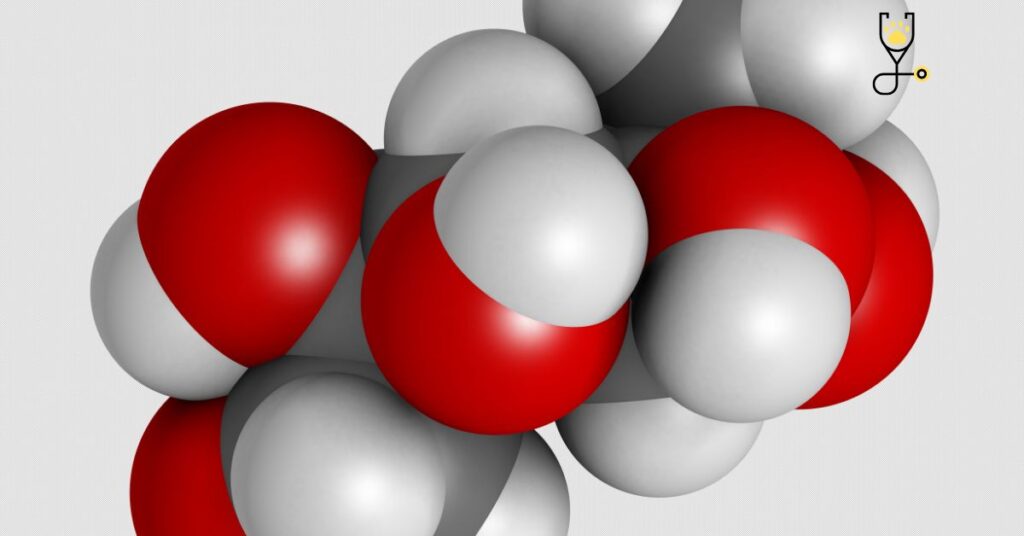
2. Ethoxyquin
Ethoxyquin is another preservative that has come under scrutiny in recent years. This chemical has been linked to liver damage and cancer and is banned in many countries. If you see ethoxyquin listed on a pet food label, put that product back on the shelf.
3. Artificial Colors
Many cat foods contain artificial colors, which are used to make the food look more appealing to pet owners. But these synthetic dyes can be toxic to cats and have been linked to health problems like cancer and allergies. Look for cat foods that get their color from natural ingredients like turmeric or spinach, rather than from artificial dyes.
4. Artificial Flavors
Like artificial colors, artificial flavors are often added to pet foods to make them more appealing to humans. But these synthetic chemicals can be toxic to cats and have been linked to health problems like cancer and allergies. Look for cat foods that get their flavor from natural ingredients like meat, fish, or fruits and vegetables, rather than from artificial flavors.
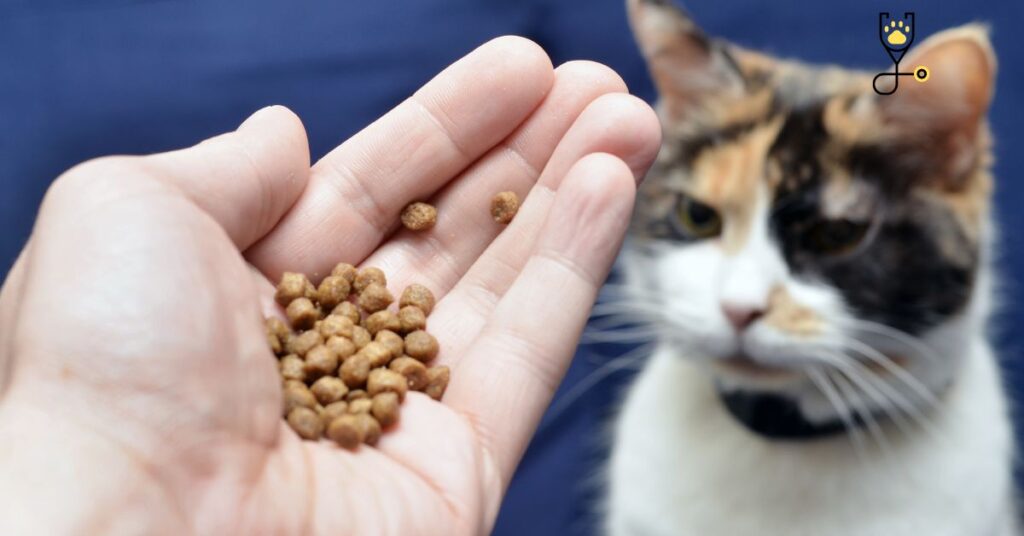
5. Gluten
Gluten is a protein found in wheat, rye, and barley. It’s not harmful to people, but it can be very dangerous for cats. Cats don’t have the enzymes necessary to break down gluten, so it can cause an allergic reaction or intolerance. If your cat is suffering from digestive problems, switching to a gluten-free diet may help.
6. Corn
Corn is a common ingredient in many cat foods, but it’s not an ideal food for felines. Cats are obligate carnivores, which means that they need to eat meat to survive. Corn is a source of carbohydrates and fiber, but it’s not a good source of protein or fat for cats. Plus, corn can be hard for cats to digest. If you’re looking for high-quality cat food, make sure that meat is the first ingredient on the label, not corn.
7. Soy
Soy is another common ingredient in cat food, but it’s not an ideal nutrient for felines. Like corn, soy is a source of carbohydrates and fiber, but it’s not a good source of protein or fat for cats. Soy can also be hard for cats to digest. If you’re looking for high-quality cat food, make sure that meat is the first ingredient on the label, not soy.

8. Byproducts
Pet food companies often use byproducts as fillers in their products. These are parts of animals that are not fit for human consumption, like feet, feathers, and intestines. While byproducts may not be the most appetizing ingredients, they can actually be nutritious for cats. However, some pet food companies use low-quality byproducts that may be contaminated with disease-causing bacteria. To be safe, look for cat foods that only use high-quality byproducts, or that don’t use byproducts at all.
Learn More: Can Cats Eat Tuna?-Researched Guide
9. Sugar
Sugar is often added to cat food to make it more palatable for humans. But too much sugar can be bad for cats, leading to obesity and diabetes. Look for cat foods that get their sweetness from natural ingredients like fruits and vegetables, rather than from added sugars.
When you’re shopping for cat food, take the time to read the label carefully. Avoid products that contain any of the above ingredients. Choose foods that are made with high-quality, natural ingredients. Your cat will thank you for it!
Conclusion
The eight ingredients listed above are just some of the many unhealthy ingredients that can be found in cat food. When you’re shopping for cat food, take the time to read the ingredients list. Avoid products that contain any of these ingredients. Opt for foods that are made with high-quality ingredients, and that are free of artificial flavors, colors, and preservatives. Your cat will thank you for it!
Frequently asked questions
1. What is the best cat food?
The best cat food is made with high-quality ingredients and does not contain any artificial flavors, colors, or preservatives.
2. What are the worst ingredients for cats?
The worst ingredients for cats are those that are artificial, like flavors, colors, and preservatives. These synthetic chemicals can be toxic to cats and have been linked to health problems like cancer and allergies.
3. My cat is a picky eater. What should I do?
If your cat is a picky eater, try offering them a variety of different foods to see what they like best. You may also want to consult with your veterinarian to see if there are any underlying health issues that could be causing your cat’s picky eating.
4. I think my cat may be allergic to a certain ingredient in its food. What should I do?
If you think your cat may be allergic to a certain ingredient in its food, try switching to a different food that does not contain that ingredient. You should also consult with your veterinarian to see if there are any other underlying health issues that could be causing your cat’s allergies.
5. I’m not sure if I’m feeding my cat the right amount of food. What should I do?
If you’re not sure if you’re feeding your cat the right amount of food, consult with your veterinarian. They can help you determine how much food your cat needs based on age, weight, and activity level.

